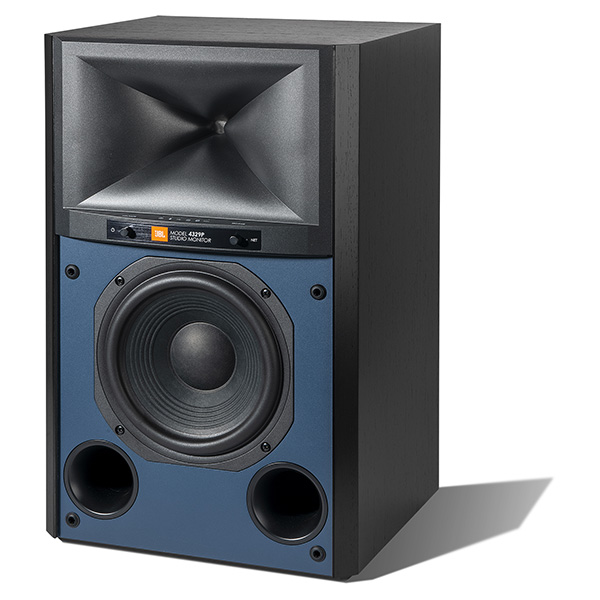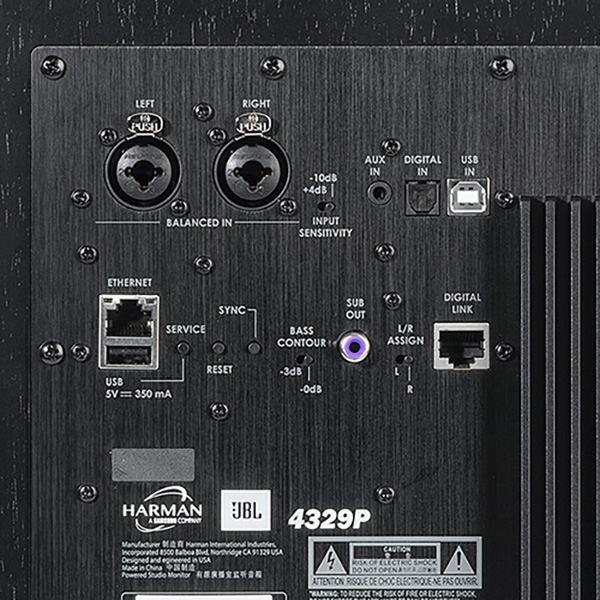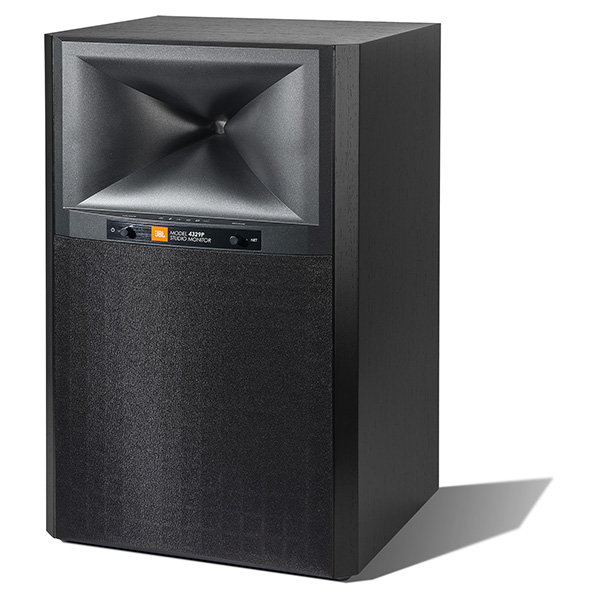| Columns Retired Columns & Blogs |
John Atkinson stated, "With the 4329's low-frequency boundary compensation set to "Flat," the woofer's nearfield response (fig.2, blue trace) has its reflex notch, which is when the back pressure from the port resonance holds the cone stationary, at 30Hz. The output of the twin ports (fig.2, red trace) peaks slightly higher in frequency. Their upper-frequency rolloff is initially clean, though some low-level resonant peaks are present between 500Hz and 900Hz. The high-pass rolloff of both the woofers and ports below the port tuning frequency is much steeper than the usual 12dB/octave; presumably there is a series high-pass filter in the woofer feed to minimize subsonic excursion."
I am sure that you know the subject matter, but you need to fix what you wrote, and then feel free to delete my comment.
It is not "pressure from the port resonance" at 30_Hz, but rather from the Helmholtz resonance associated with the bass reflex alignment which reduces cone excursion to a local minimum near 30_Hz, shown in your figure 2. The physics of the Helmholtz resonance and port resonances are very different. The port resonances are clearly shown in the 1.5 octaves below 1_kHz (approximate).
Also, a bass reflex alignment is a 4th order acoustic high pass, 24_dB/octave at low frequencies well below the acoustic high pass corner. A sealed alignment is 2nd order, 12_dB/octave in free field at low frequencies where wavelengths are much larger than baffle geometries, or on infinite baffle firing into half space, 2pi spherical. As compared to sealed alignment, bass reflex alignment cascades another 2nd order set of poles in the S-plane, resulting in the 4th order acoustic high pass.
I agree that this JBL exhibits a much steeper high pass, and that they have cascaded electronic filter(s) which both steepen the high pass and exhibit a high Q to increase port output in the vicinity of the Helmholtz tuning, while thecsteepened slope reduces woofer excursion where it would more usually unload below that tuning frequency. Not sure what they might be doing in DSP, but there may be a lot of phase rotation associated with that steep high pass, and since group delay is the negative rate of change of phase with respect to frequency, that group delay might be excessive near and above that steep slope and sharp corner.
The port resonances are not sufficiently suppressed below the direct response from the woofer diaphragm and are polluting the midrange.










































